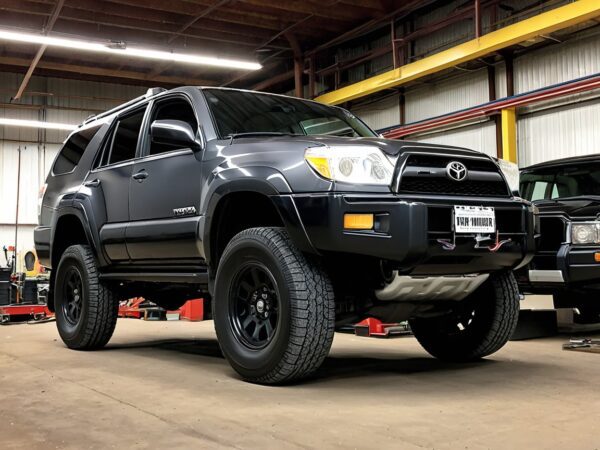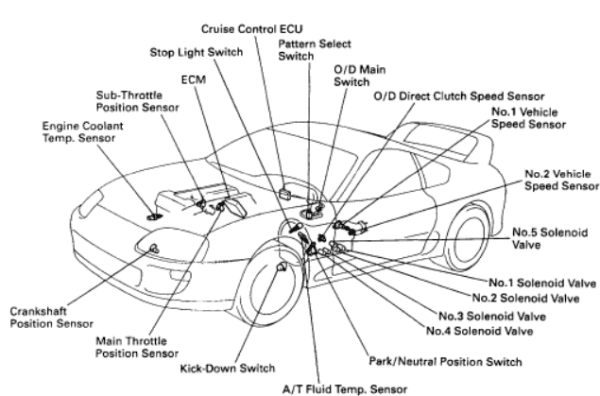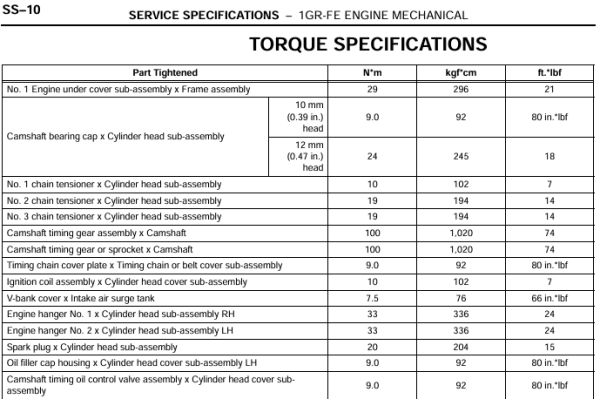Toyota 4runner leaking coolant

Toyota 4runner leaking coolant – Water pump leak –
Coolant leaks in a Toyota 4Runner can occur for various reasons, and identifying the source is key to addressing the issue. Here are the most common causes and their solutions:
1. Radiator Leaks
- Cause: Over time, radiators can develop cracks in the plastic end tanks or corrosion in the metal core.
- Symptoms: Coolant pooling under the front of the vehicle or visible cracks.
- Solution: Replace the radiator and inspect hoses for compatibility and wear.
2. Hoses and Connections
- Cause: Coolant hoses can become brittle and crack, or clamps may loosen.
- Symptoms: Visible leaks around hose connections or pinholes in the hoses.
- Solution: Replace damaged hoses and tighten or replace clamps.
3. Water Pump
- Cause: The water pump’s seals or bearings may fail, leading to coolant leakage.
- Symptoms: Coolant dripping from the engine front, near the timing belt or serpentine belt.
- Solution: Replace the water pump, and consider replacing the timing belt (if applicable) during the repair.
4. Thermostat Housing or Gasket
- Cause: The gasket around the thermostat housing may degrade or the housing itself may crack.
- Symptoms: Coolant leaks near the thermostat housing, often visible from the engine bay.
- Solution: Replace the gasket or thermostat housing as needed.
5. Heater Core
- Cause: A failing heater core can leak coolant into the cabin.
- Symptoms: Wet carpets, a sweet smell inside the car, or foggy windows when using the defroster.
- Solution: Replace the heater core.
6. Head Gasket
- Cause: A blown head gasket can cause internal or external coolant leakage.
- Symptoms: White smoke from the exhaust, coolant in the oil (milky oil), or overheating.
- Solution: Perform a compression test to confirm the issue, then replace the head gasket.
7. Coolant Reservoir
- Cause: Cracks in the coolant reservoir or an improperly sealed cap can lead to leaks.
- Symptoms: Leaking coolant from the reservoir area or a low coolant level despite no visible leaks elsewhere.
- Solution: Replace the reservoir and ensure the cap is secure.
Steps to Diagnose and Prevent Damage
- Inspect for Leaks: Use a flashlight to look for visible drips or stains.
- Pressure Test: A cooling system pressure test can help pinpoint leaks.
- Flush Coolant: Replace old coolant to avoid corrosion-related leaks.
- Monitor Coolant Levels: Regularly check and top off coolant as needed.
For persistent issues, consult a mechanic for a thorough inspection to avoid engine overheating or damage.



